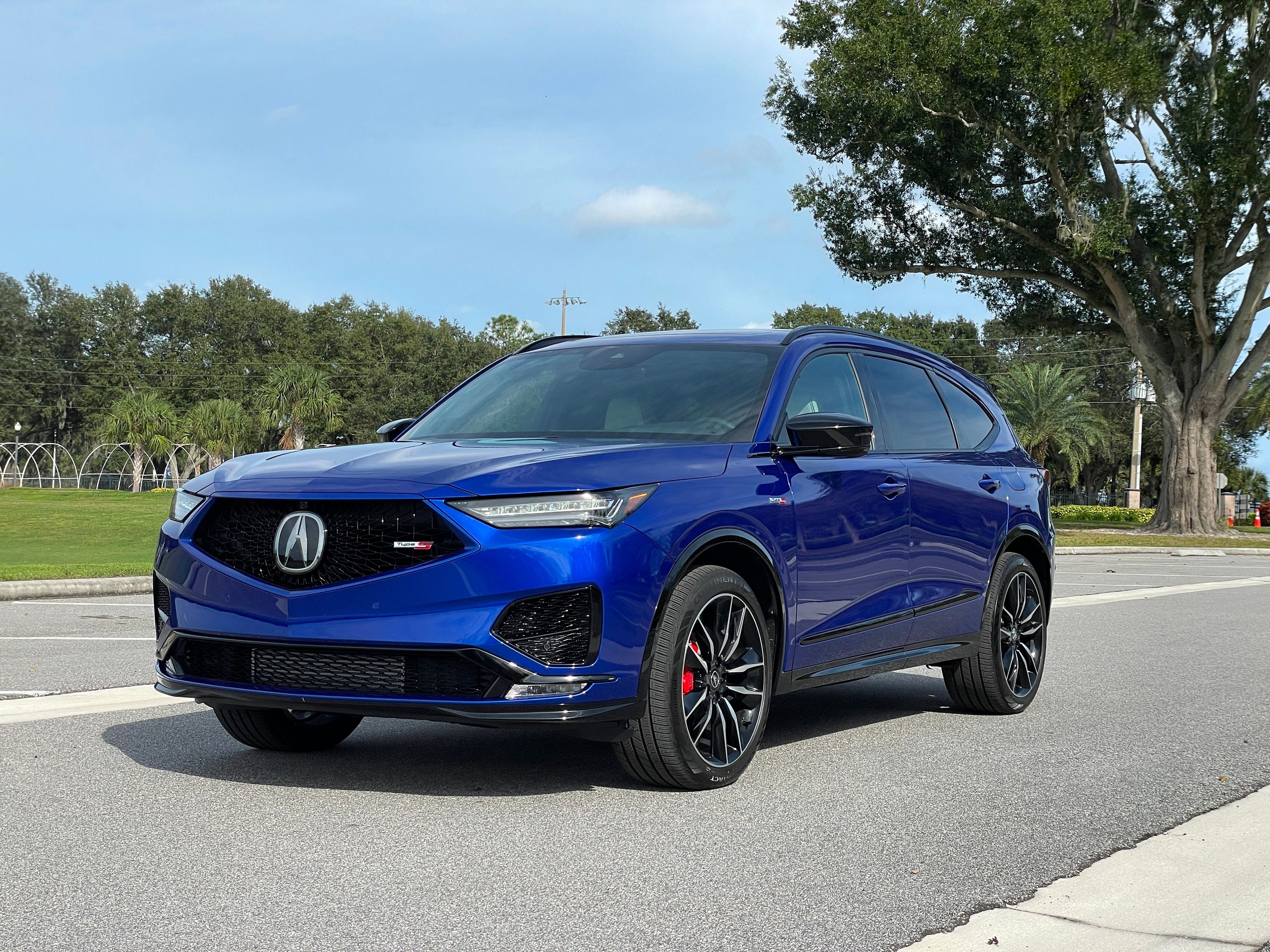
The pursuit of a better design and product is a never ending one, and the realm of automotive engineering is one of the rabbit holes that will continue to pester good math drones (engineers) to no end. Currently, the industry is focused on slimming down heavy vehicles by any means necessary, and the yield of a recent partnership between the US Department of Energy, FCA, and auto parts suppliers Grupo and Magna, goes to show just how far outside the box designers are thinking.
Lightweight chassis may be all the rage, but, along with help from FCA and Spanish supplier Grupo, the federal and private sector team decided to look at doors. The team was asked to dissect the standard architecture of a car door and reimagine it completely in order to make it lighter without losing its purpose. What ensued was a transformation that cut 42.5 percent of the weight off of a standard door without any sacrifices. Given that doors can weigh between 100-150 pounds depending on the car, cutting that weight nearly in half for each of a passenger car's four doors would provide substantial benefits. The use of Grupo's polymers and interior trim pieces is credited for 7 percent of the weight reduction.
The concept was shown off at the 2017 Detroit Auto Show as a means for automakers to cut more weight off of their cars, saving fuel and bettering performance. The reductions were managed in part by the use of lightweight materials, such as aluminum, but also thanks to a new SmartLatch system. SmartLatch is an electronic door latch that can unlock itself using a button and a motor, eliminating the need for the complex and relatively heavy mechanical systems we see in many cars. The technology is applicable to 70 percent of cars on the market. With hopes of bringing these doors to production cars by 2020, Magna has decided to continue testing the technology.
Whether or not the breakthrough is a smash hit, it will prove to the automakers that there are still significant improvements to be made when it comes to weight savings. As long as automakers can make it safely, we're all for it, especially since it means better handling characteristics for all cars, even if the change is barely noticeable.


